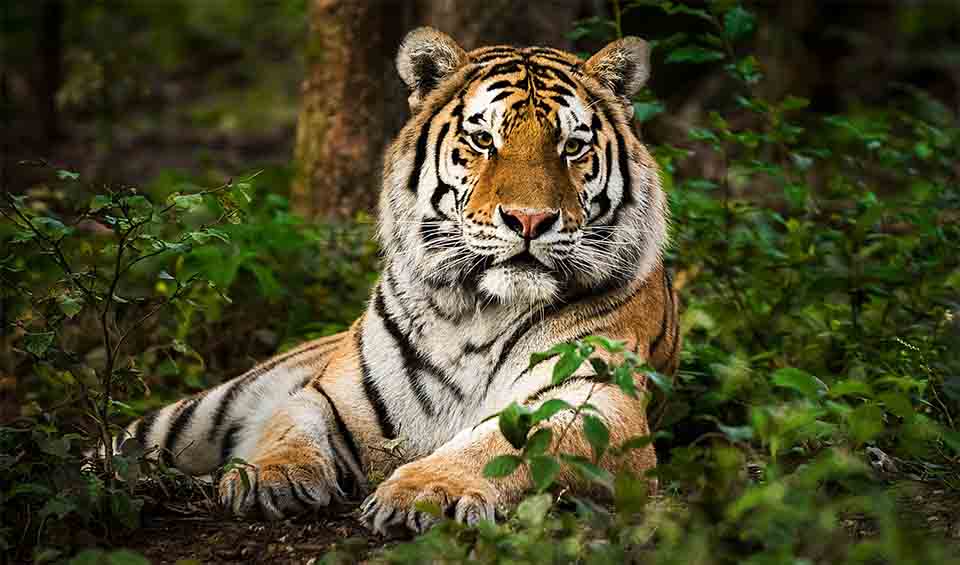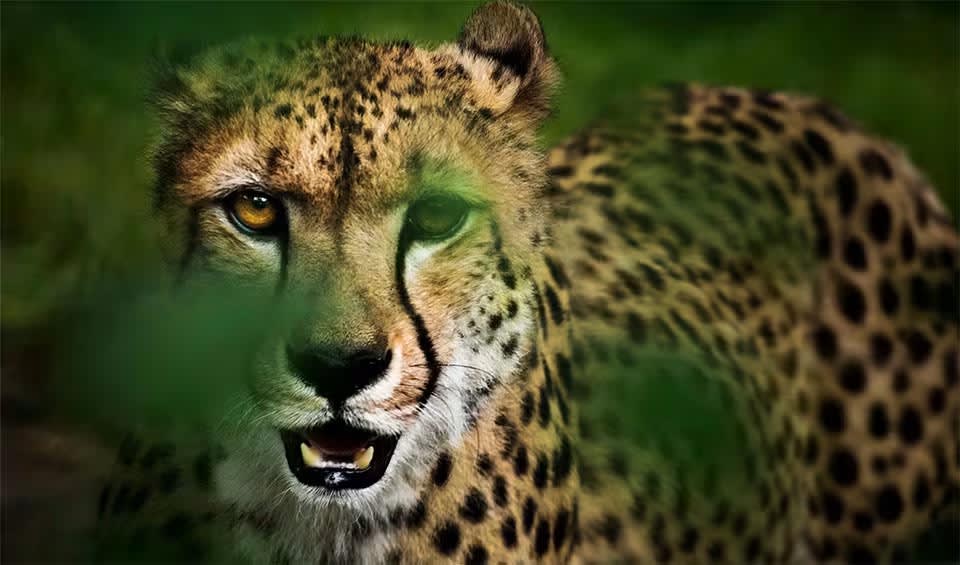A small and rare species that lives in the arid regions of South Africa, particularly in the Karoo, a semi-desert landscape known for its extreme temperatures and sparse vegetation. What makes this tortoise stand out is its remarkably small size—it is one of the tiniest tortoises in the world, with adults typically reaching only about 10 to 15 cm (4 to 6 inches) in length. Its domed shell is a golden to dark brown color, patterned with darker patches that help it blend into the dry, rocky environment. This camouflage is essential for avoiding predators in a habitat where hiding spots can be scarce.
One of the Karoo dwarf tortoise’s most fascinating traits is how it has adapted to its harsh and unpredictable surroundings. Living in an area with infrequent rainfall and high heat, this tortoise has developed behaviors to conserve moisture and energy. It is most active during cooler parts of the day, like early mornings or late afternoons, and spends much of its time hidden under shrubs or rocks to escape the searing midday sun. Its diet is made up mostly of tough, drought-resistant plants, such as succulents and dry grasses, and it can go long periods without drinking water, relying on moisture from its food.
What truly makes the Karoo dwarf tortoise unique is its vulnerability and the conservation challenges it faces. As a species with a very limited range, it is highly sensitive to habitat loss caused by farming, overgrazing, and climate change. On top of that, because of its small size and appealing appearance, it has been targeted by the illegal pet trade, further threatening its population.
Distribution
 South Africa
South AfricaAnything we've missed?
Help us improve this page by suggesting edits. Glory never dies!
Suggest an editGet to know me
Terrestrial / Aquatic
Altricial / Precocial
Polygamous / Monogamous
Dimorphic (size) / Monomorphic
Active: Diurnal / Nocturnal
Social behavior: Solitary / Pack / Herd
Diet: Carnivore / Herbivore / Omnivore / Piscivorous / Insectivore
Migratory: Yes / No
Domesticated: Yes / No
Dangerous: Yes / No




